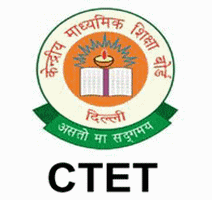Promotion of Central Government Employees – DOPT OM delays UPSC in conducting DPC
Promotion of Central Government Employees – Safeguarding the career prospect of Group A, Gr. B and Gr. C officers in all Central Govt. Departments by granting timely promotions
Central Government Gazetted Officers’ Organisation letter regarding promotion.
CONFEDERATION OF CENTRAL GOVERNMENT GAZETTED OFFICERS’ ORGANISATIONS
Confederation/Corres/2016-17/16
Dated: 20.03.2017
To
Dr.Jitendra Singh,
Honourable Minister of State (Independent Charge),
PMO &...
Read More ->>










 →
→











